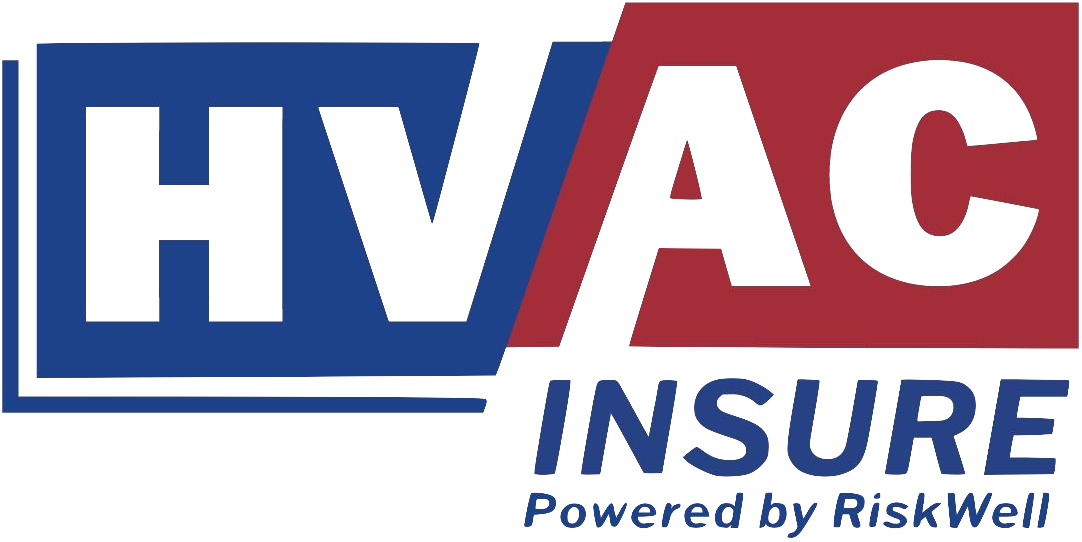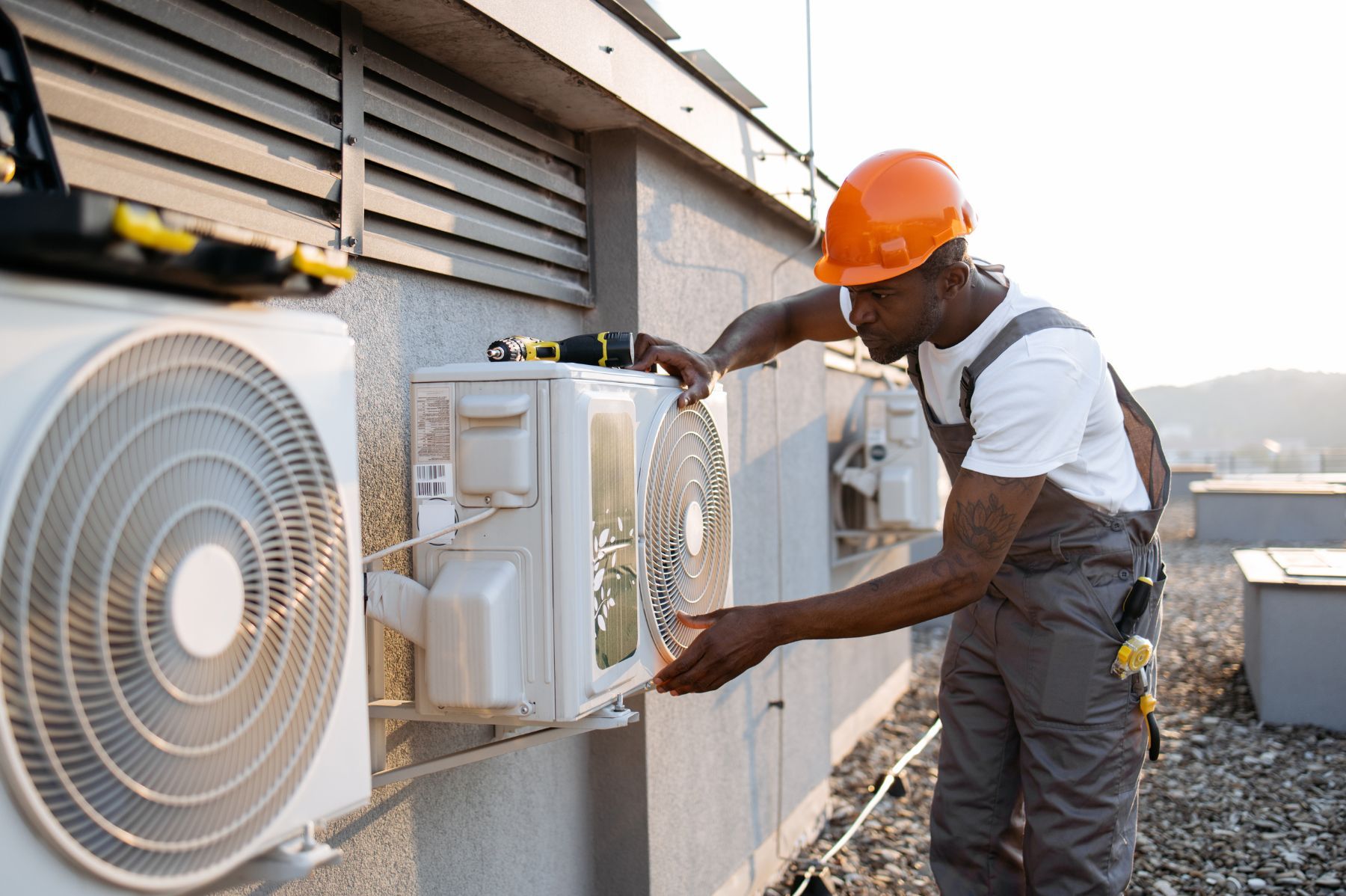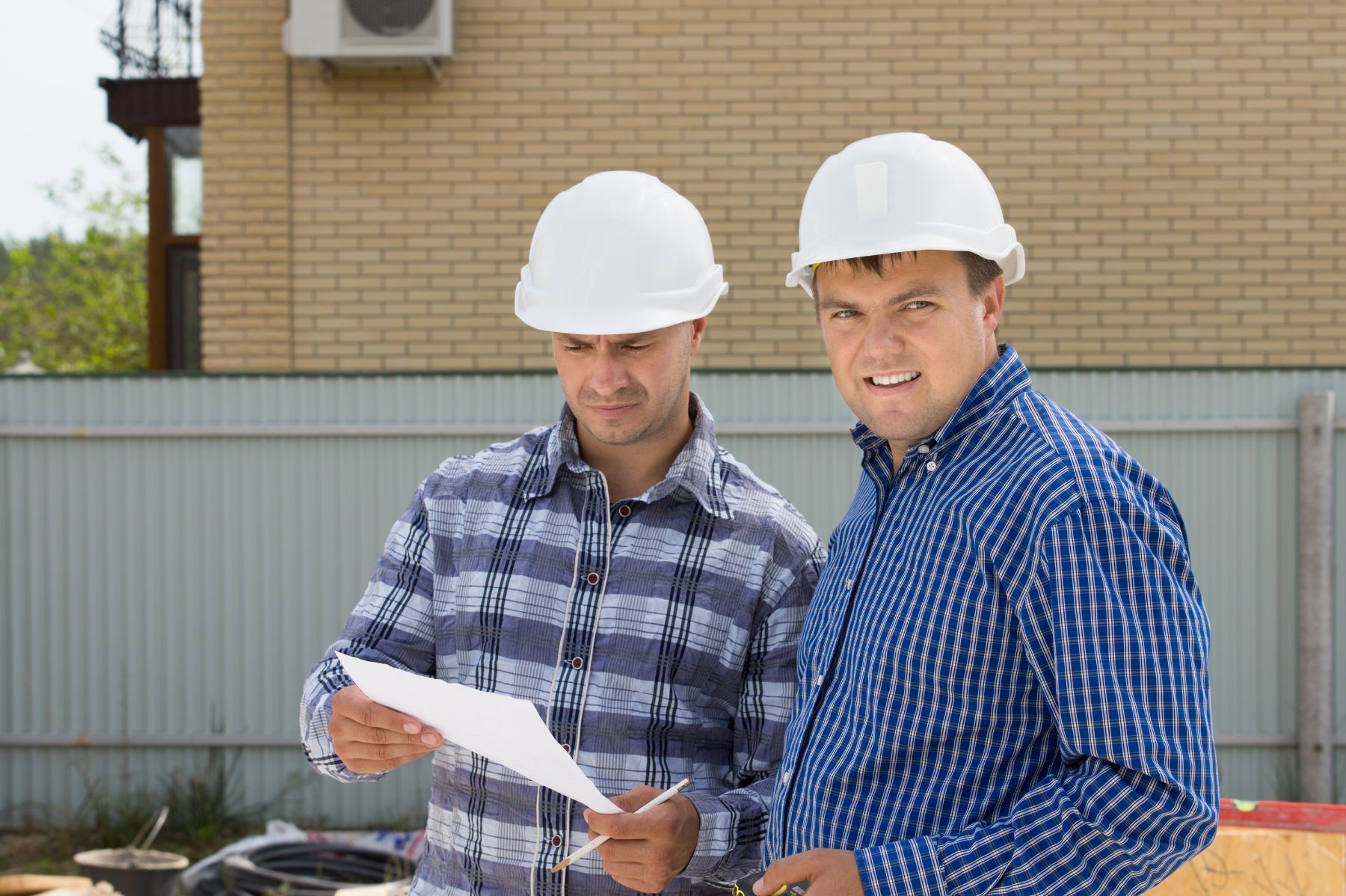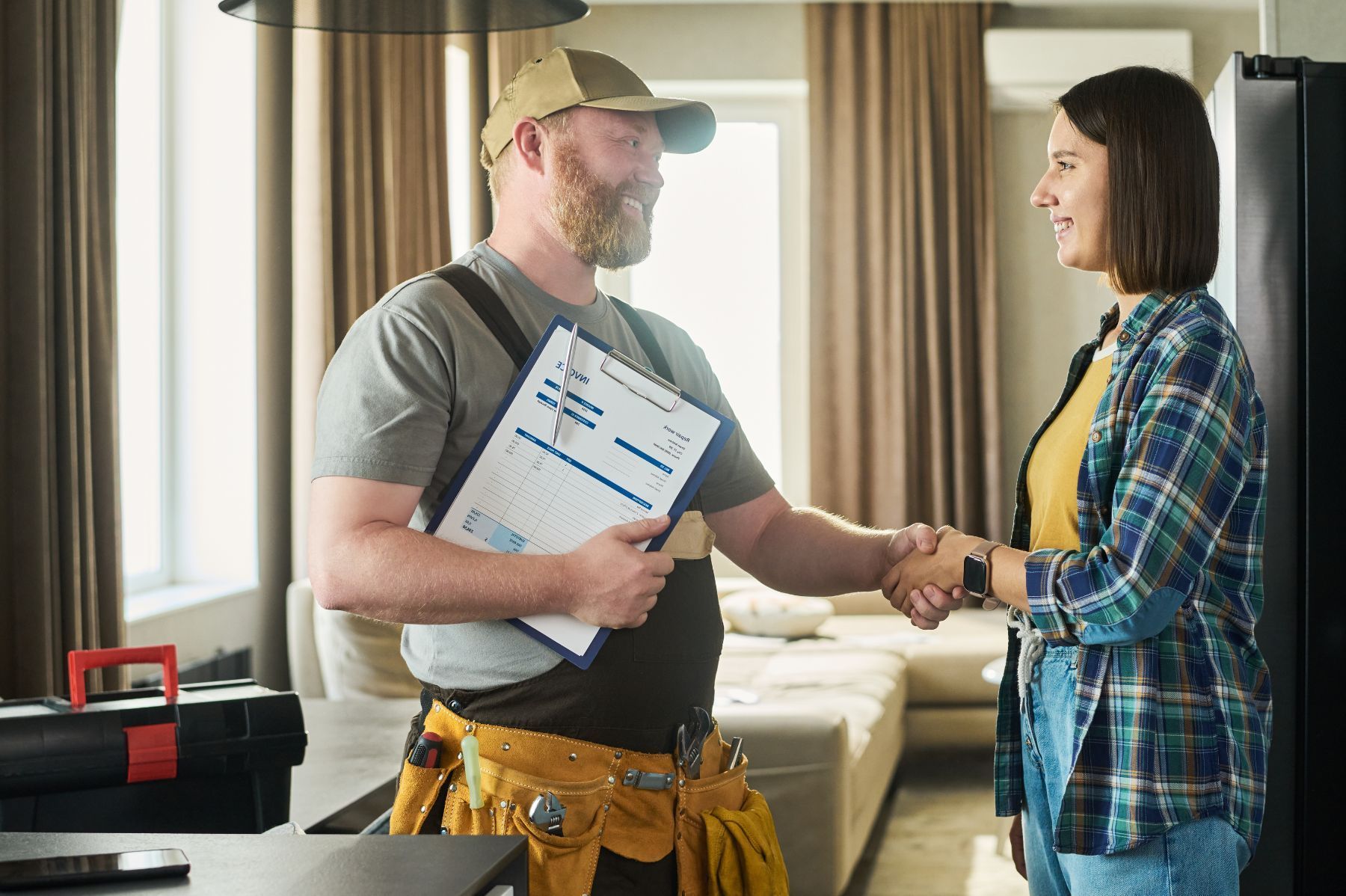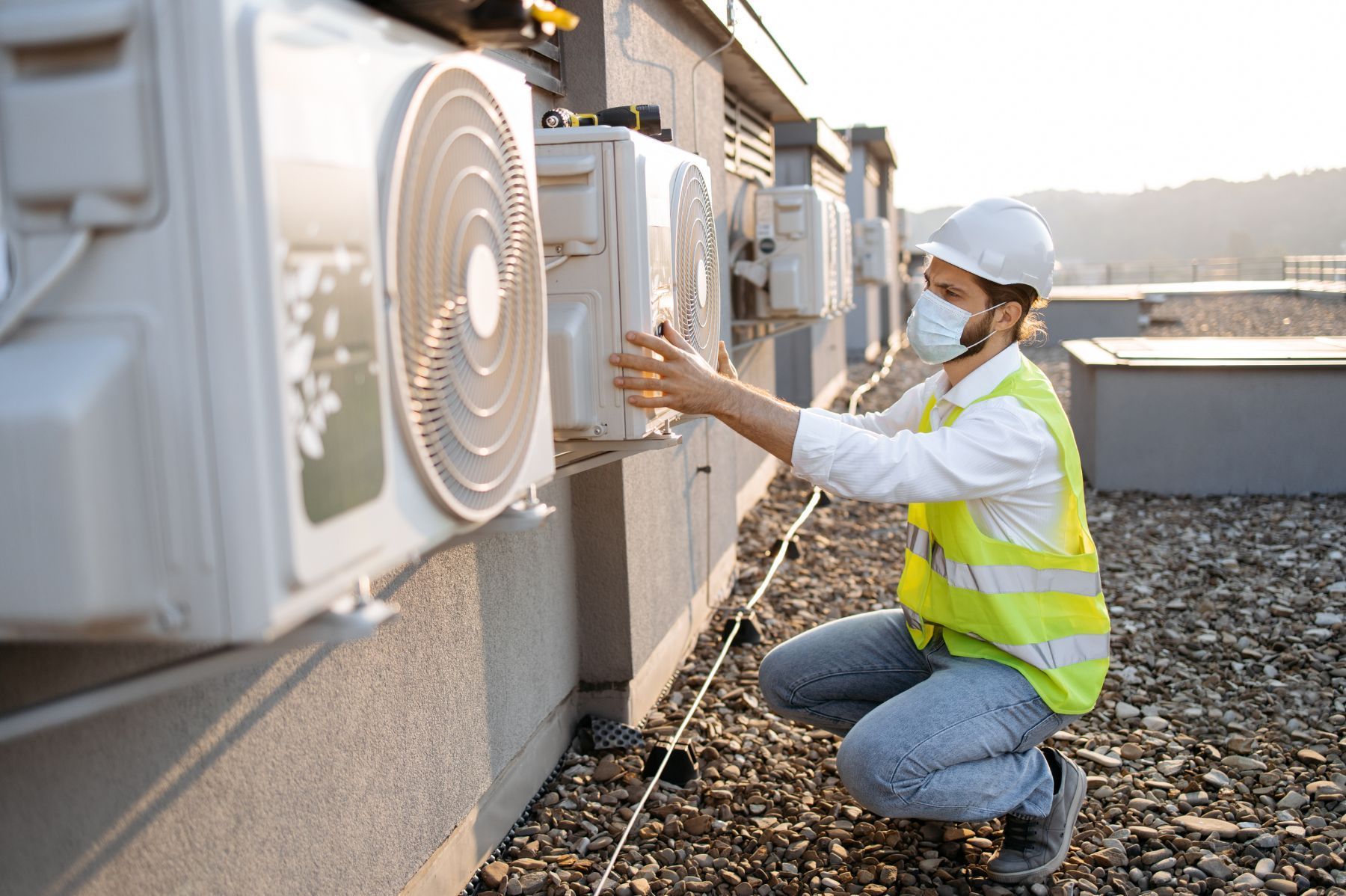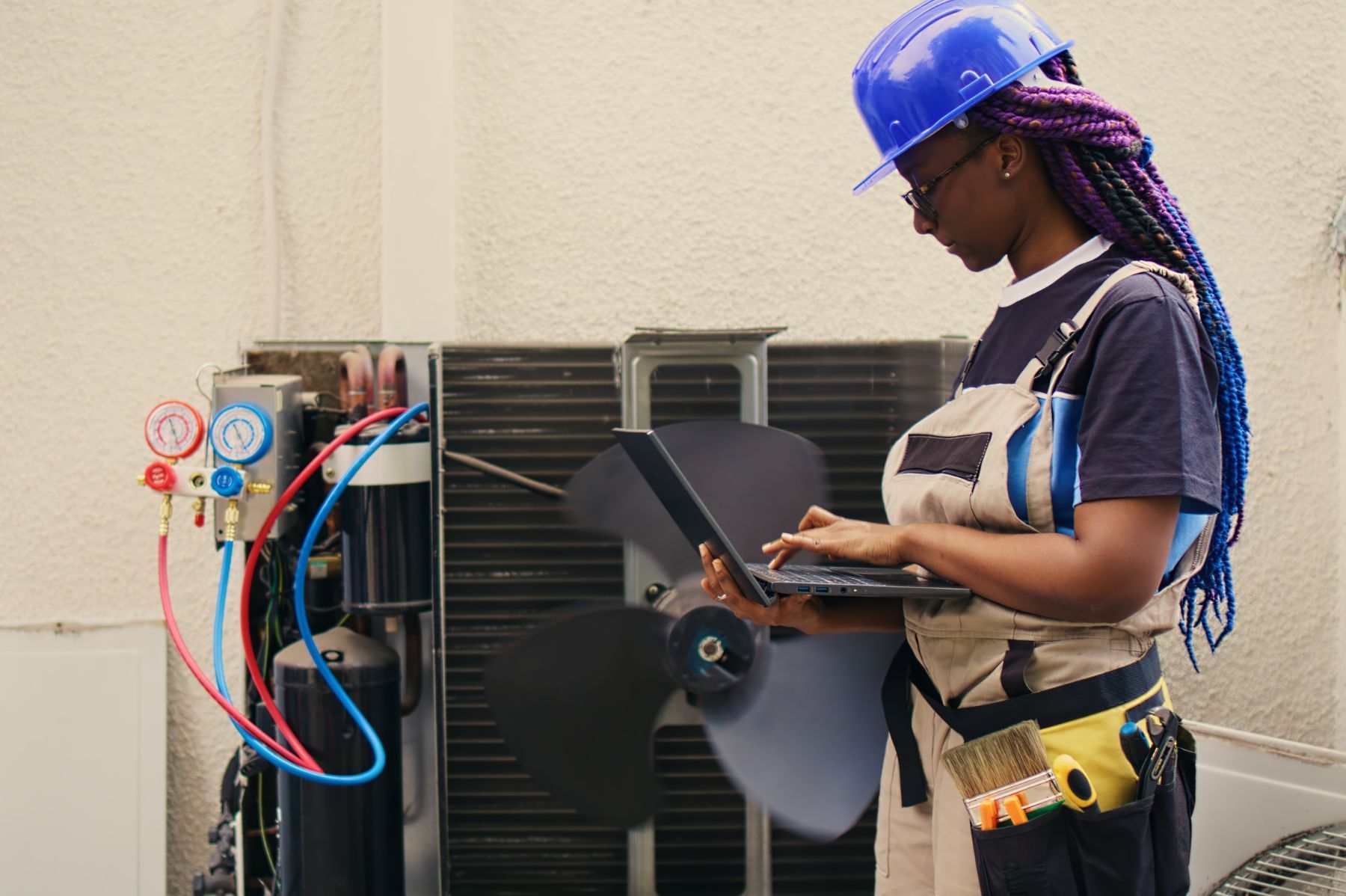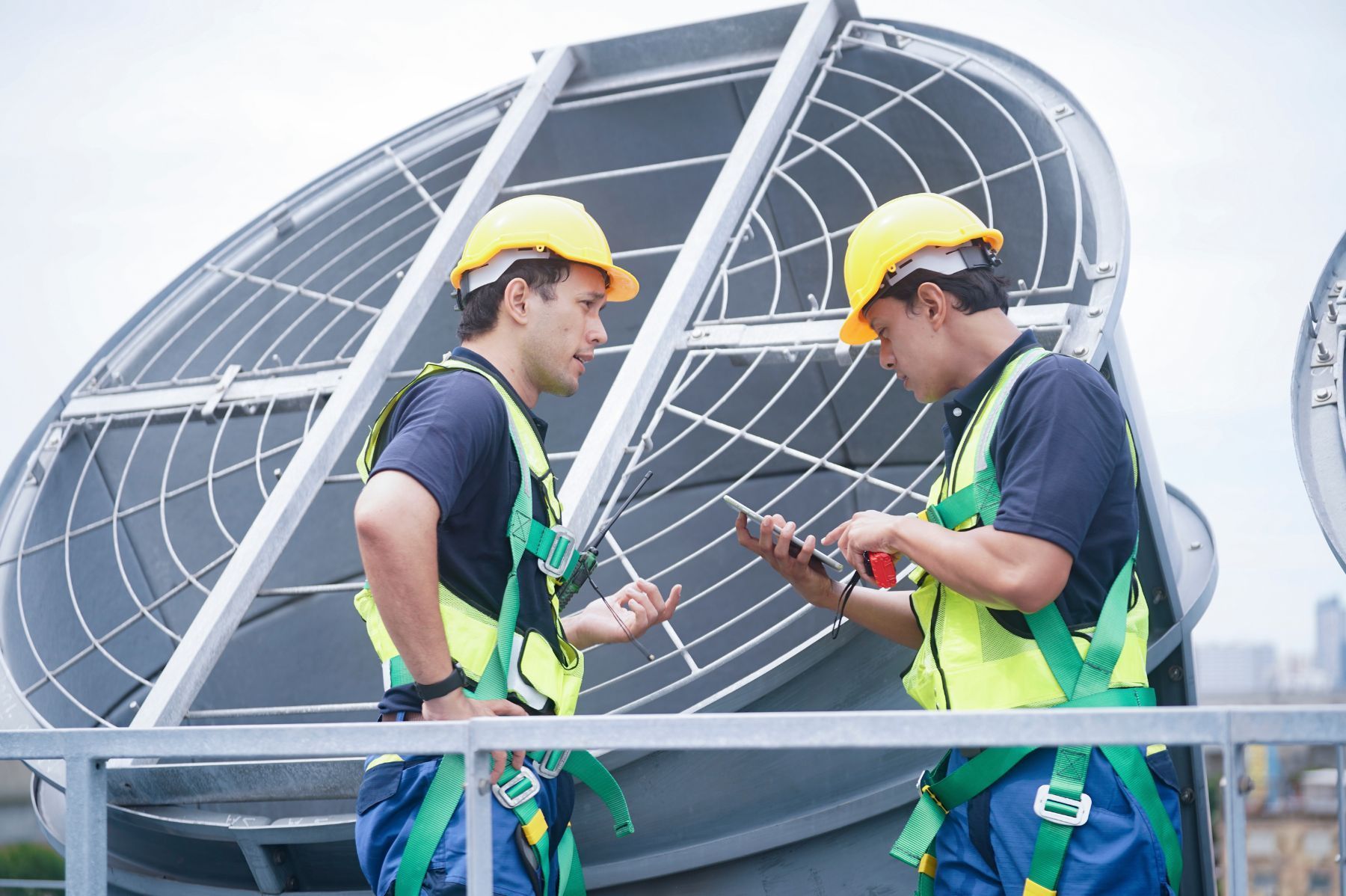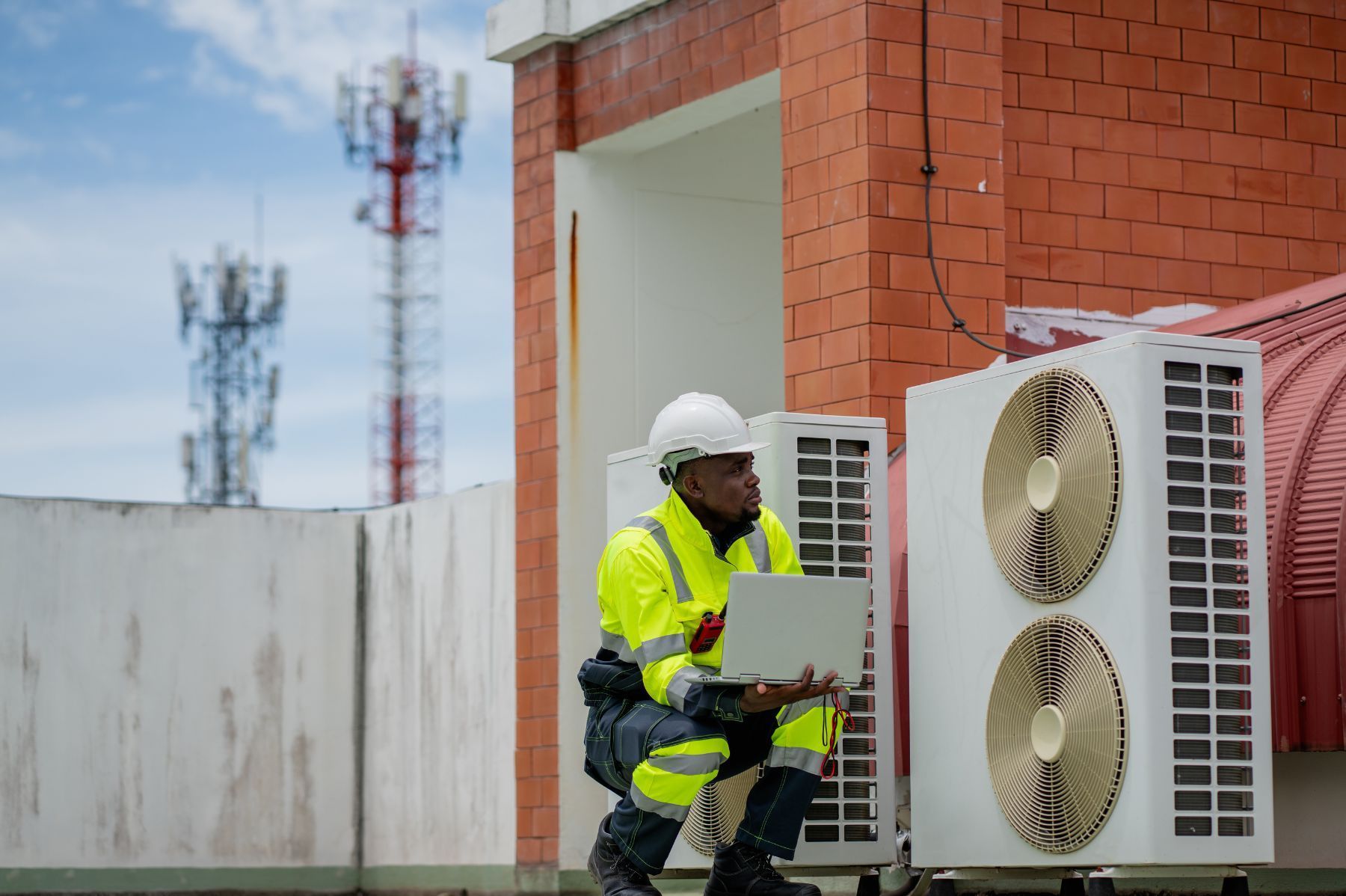The Most Dangerous Mistakes HVAC Businesses Make Could Make in 2026
See How We're Different
or call us: (469) 678-8001

Running an HVAC business today means navigating a complex market that’s growing fast but also demanding sharper expertise and smarter strategies. The global HVAC market is expected to hit $367.5 billion by 2026, reflecting massive opportunity but also fierce competition and high stakes. Yet, many businesses stumble on avoidable errors that cost them money, reputation, and growth potential. Understanding these pitfalls is crucial for anyone aiming to thrive in this evolving industry.
One of the biggest challenges is balancing operational efficiency with the rapid adoption of new technologies. For instance, smart HVAC systems are projected to grow at a 12% compound annual growth rate through 2027, reshaping customer expectations and service models. But jumping into this trend without proper planning or expertise can backfire. This article breaks down the most dangerous mistakes HVAC businesses risk making in 2026 and offers insights on how to avoid them.
Ignoring Proper Installation and Maintenance Standards
It might sound basic, but improper installation and maintenance remain among the top causes of HVAC failures. Shockingly, 50% of U.S. home air conditioning units are misinstalled, which significantly drives up maintenance expenses and shortens equipment lifespan. When systems are not installed correctly, they consume more energy and break down more often, hurting both customers and contractors.
Maintenance is equally critical. Studies show that 40% to 60% of HVAC system failures stem from improper upkeep. Skimping on routine checks or using untrained technicians can lead to costly emergency repairs and dissatisfied clients. For HVAC businesses, this translates to lost trust and repeat business.
Focusing on quality installation and proactive maintenance not only reduces failure rates but also improves energy efficiency. Considering HVAC systems account for roughly 40% of a building’s energy use, optimizing performance is a win-win for customers and contractors alike. HVAC businesses that prioritize training and quality control will stand out in a crowded market.
Moreover, the implications of neglecting proper installation and maintenance extend beyond just financial losses. Poorly functioning HVAC systems can lead to uncomfortable living conditions, impacting the health and well-being of occupants. For instance, inadequate air filtration can exacerbate allergies and respiratory issues, making it crucial for HVAC professionals to ensure systems are installed and maintained to the highest standards. Additionally, the environmental impact cannot be overlooked; inefficient systems contribute to increased greenhouse gas emissions, which is a growing concern in today’s climate-conscious society.
Furthermore, the integration of smart technology in HVAC systems presents both challenges and opportunities. While these advanced systems can enhance efficiency and provide real-time monitoring, they also require skilled technicians who understand their complexities. As the industry evolves, staying updated with the latest technologies and installation techniques becomes essential for HVAC professionals. Investing in ongoing education and certification can empower technicians to deliver superior service, ultimately leading to a more sustainable and profitable business model.
Learn more about how installation errors impact the industry from GreyB’s HVAC industry trend report.
Underestimating the Shift Toward Smart and IoT-Enabled Systems
The rise of smart HVAC technology is reshaping the market faster than many expect. Over 60% of new HVAC installations now incorporate IoT-enabled controls, allowing for remote monitoring, predictive maintenance, and energy optimization. This shift is not just a fad; it’s a fundamental change in how HVAC systems operate and how customers interact with them.
Businesses that ignore this trend risk falling behind. Customers increasingly demand smart solutions that reduce energy bills and improve comfort. Those who fail to offer or support these technologies may lose market share to more tech-savvy competitors. The adoption of smart HVAC systems is projected to increase at a 12% CAGR through 2027, making it a critical area for investment and training.
Additionally, the global demand for HVAC sensors is expected to grow at an 8% CAGR over the next five years. These sensors enable smarter buildings and more efficient system management, presenting new service opportunities for HVAC contractors.
As the market evolves, the integration of artificial intelligence (AI) into HVAC systems is becoming increasingly prevalent. AI can analyze vast amounts of data from various sensors and user inputs to optimize system performance in real-time. This capability not only enhances energy efficiency but also extends the lifespan of HVAC equipment by ensuring that systems operate within their ideal parameters. Moreover, AI-driven analytics can provide actionable insights that help facility managers make informed decisions about maintenance schedules and energy usage, further solidifying the value of smart HVAC technology.
Furthermore, the impact of smart HVAC systems extends beyond individual buildings. As cities become more focused on sustainability and reducing carbon footprints, the collective energy savings from widespread adoption of these technologies can contribute significantly to environmental goals. Smart HVAC systems can integrate with renewable energy sources, such as solar panels, to optimize energy consumption based on real-time availability and demand. This synergy not only enhances the efficiency of HVAC systems but also supports broader initiatives aimed at creating greener, more sustainable urban environments.
For a deeper look at smart HVAC adoption trends, visit WifiTalents’ HVAC industry statistics.
Failing to Embrace Renewable Energy and Sustainability
Environmental concerns and rising energy costs are pushing the HVAC industry toward greener solutions. Solar-powered HVAC units, for example, are expected to grow at a 10% CAGR through 2030. Ignoring renewable energy integration can leave HVAC businesses out of step with market demand and regulatory trends. The urgency to transition to renewable energy sources is underscored by the increasing frequency of extreme weather events, which not only heighten energy consumption but also amplify the need for resilient and sustainable HVAC systems that can withstand these changing conditions.
Customers increasingly seek energy-efficient and eco-friendly HVAC options. Offering renewable-powered systems or hybrid solutions can differentiate a business and open new revenue streams. Moreover, improving the efficiency of HVAC units has already advanced by 15% over the past decade thanks to technological innovation. As consumers become more environmentally conscious, they are willing to invest in systems that promise lower utility bills and a smaller carbon footprint. This shift in consumer behavior is prompting HVAC companies to not only adopt green technologies but also to educate their clients about the long-term benefits of these systems, including potential tax incentives and rebates associated with energy-efficient upgrades.
Integrating sustainability into your business model is not just good for the planet; it’s good for business. As the global HVAC market expands, companies that align with environmental priorities will attract more clients and enjoy better long-term growth. Furthermore, the adoption of smart HVAC technologies, which optimize energy use through advanced algorithms and real-time data, is becoming an essential component of sustainable practices. These innovations not only enhance comfort but also significantly reduce energy waste, making them a crucial aspect of any forward-thinking HVAC strategy.
Explore market projections for renewable HVAC technologies at WifiTalents.
Neglecting Market-Specific Trends and Regional Differences
HVAC markets vary significantly across regions, and ignoring these differences can be costly. For example, the U.S. HVAC industry was valued at around $96 billion in 2022, while Europe’s market is projected to reach $46 billion by 2025. Each region has unique regulatory environments, climate demands, and customer preferences. In regions with extreme temperature fluctuations, such as the Midwest, there is a higher demand for robust heating systems, while coastal areas may prioritize cooling solutions due to milder winters and hot summers.
Businesses that treat the market as uniform may miss opportunities or face unexpected challenges. For instance, ductless mini-split systems hold about a 20% share of the residential HVAC market in 2023 and are expected to grow, particularly in regions with space constraints or energy efficiency incentives. In urban areas where space is at a premium, these systems offer a compact solution that appeals to homeowners looking for efficient heating and cooling without the need for extensive ductwork. Additionally, the rise of smart home technology is influencing consumer preferences, with many customers seeking HVAC systems that can integrate seamlessly with their existing smart devices.
Understanding local market dynamics, including energy codes and consumer trends, allows HVAC companies to tailor their offerings and marketing strategies effectively. This targeted approach can boost sales and customer satisfaction. For example, in regions where renewable energy sources are heavily promoted, HVAC companies might focus on offering systems compatible with solar technology or energy-efficient models that qualify for government rebates. Furthermore, regional marketing campaigns that highlight local climate conditions and energy savings can resonate more deeply with consumers, fostering brand loyalty and increasing market share.
More on regional market forecasts can be found at WifiTalents’ detailed reports.
Overlooking the Importance of Data and Analytics
Data-driven decision-making is no longer optional in HVAC business management. Leveraging analytics can optimize everything from inventory management to customer service and energy efficiency recommendations.
Smart HVAC systems and IoT devices generate vast amounts of data. Businesses that invest in tools to analyze this information can identify patterns, predict failures, and customize maintenance schedules. This proactive approach reduces downtime and enhances client trust.
Ignoring data analytics means missing out on competitive advantages. It also limits the ability to demonstrate value to customers, especially as they become more tech-savvy and demand transparency in service quality and energy savings.
Moreover, the integration of advanced analytics can lead to significant cost savings. By analyzing usage patterns and energy consumption, HVAC companies can provide tailored solutions that not only meet the immediate needs of their clients but also promote long-term energy efficiency. For instance, predictive analytics can help identify the optimal time for system upgrades or replacements, ensuring that clients are not only satisfied but also financially savvy in their choices. This level of insight fosters a deeper relationship between the service provider and the customer, as clients feel empowered by making informed decisions based on solid data.
Furthermore, the ability to visualize data through dashboards and reports can transform how HVAC businesses communicate their value proposition. By presenting clear, actionable insights to clients, companies can illustrate the tangible benefits of their services, such as reduced energy costs and improved system performance. This transparency not only builds trust but also positions the business as a leader in innovation within the industry, attracting new clients who prioritize data-driven solutions. As the HVAC landscape continues to evolve, those who harness the power of data analytics will undoubtedly set themselves apart from the competition.
Failing to Invest in Workforce Training and Certification
The HVAC industry is technical and constantly evolving. New technologies, regulations, and customer expectations require ongoing education. Yet many businesses neglect investing adequately in workforce training.
Untrained or undertrained technicians are more likely to make mistakes that lead to system failures, safety hazards, or customer dissatisfaction. This is especially critical given that improper maintenance causes 40% to 60% of HVAC failures.
Certification programs and continuous professional development not only improve service quality but also boost employee morale and retention. HVAC businesses that prioritize training will build stronger reputations and reduce
costly errors.
Underpricing Services and Ignoring Profit Margins
Competitive pressure can tempt HVAC businesses to underprice their services. However, this strategy often backfires by eroding profit margins and limiting the ability to invest in quality equipment, training, or technology upgrades.
Understanding true costs, including labor, parts, overhead, and warranty expenses, is essential. Businesses should price services to reflect value, expertise, and the growing complexity of HVAC systems, especially smart and renewable options.
Proper pricing supports sustainable growth and positions a business as a trusted expert rather than a low-cost commodity provider.
Failing to Adapt to Changing Customer Expectations
Customers today expect more than just functional HVAC systems. They want energy savings, smart controls, environmental responsibility, and excellent service. Businesses that fail to meet these evolving demands risk losing clients to more responsive competitors.
Offering flexible financing, maintenance contracts, and smart system upgrades can improve customer loyalty. Clear communication about energy efficiency benefits and sustainability can also build trust.
Adapting to customer expectations requires listening closely and staying informed about industry trends. HVAC companies that do this will be better positioned for long-term success.
Wrapping Things Up
The HVAC industry is poised for significant growth and transformation through 2026 and beyond. However, success depends on avoiding costly mistakes that many businesses still make. Proper installation and maintenance, embracing smart and renewable technologies, understanding regional markets, leveraging data, investing in training, pricing services correctly, and adapting to customer needs are all critical.
Ignoring these factors risks failures, lost revenue, and damaged reputations. On the other hand, HVAC businesses that focus on quality, innovation, and customer-centric approaches will thrive in a market expected to reach hundreds of billions globally.
Staying informed and proactive is the best way to turn challenges into opportunities in this dynamic industry.
Frequently Asked Questions
Q: Why is proper HVAC installation so important?
A: Proper installation ensures systems run efficiently and reliably. Misinstallation can lead to increased energy use, frequent breakdowns, and higher maintenance costs.
Q: How can smart HVAC systems benefit my business?
Smart systems offer remote control, predictive maintenance, and energy savings, which improve customer satisfaction and open new service opportunities.
Q: What role does renewable energy play in HVAC?
Renewable energy, like solar-powered HVAC units, reduces environmental impact and operating costs, meeting growing customer demand for sustainable solutions.
Q: How often should HVAC technicians receive training?
Continuous training is essential to keep up with new technologies and regulations. Regular certification updates help maintain service quality and safety.
Q: What is the impact of IoT on HVAC businesses?
IoT integration allows real-time monitoring and data analytics, improving system performance and enabling proactive maintenance that reduces downtime.
Q: Are ductless mini-split systems becoming more popular?
Yes, they currently hold about 20% of the residential HVAC market and are growing due to their efficiency and flexibility in various building types.
Q: How can I price HVAC services effectively?
Consider all costs and the value provided, including expertise and advanced technologies. Avoid underpricing to ensure sustainable profits and quality service.
